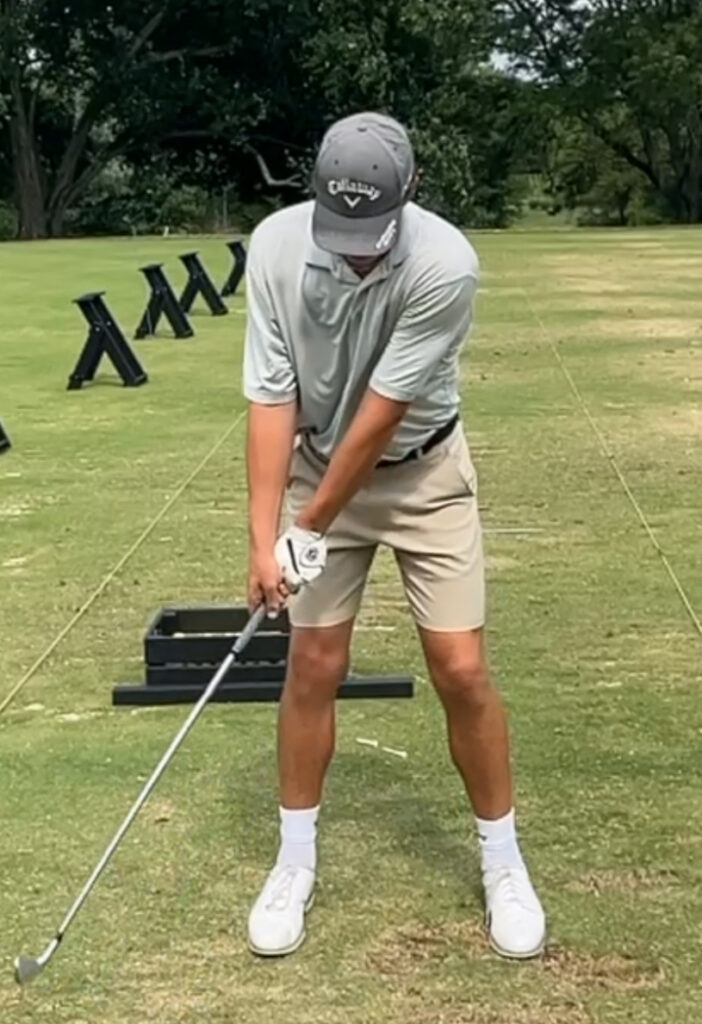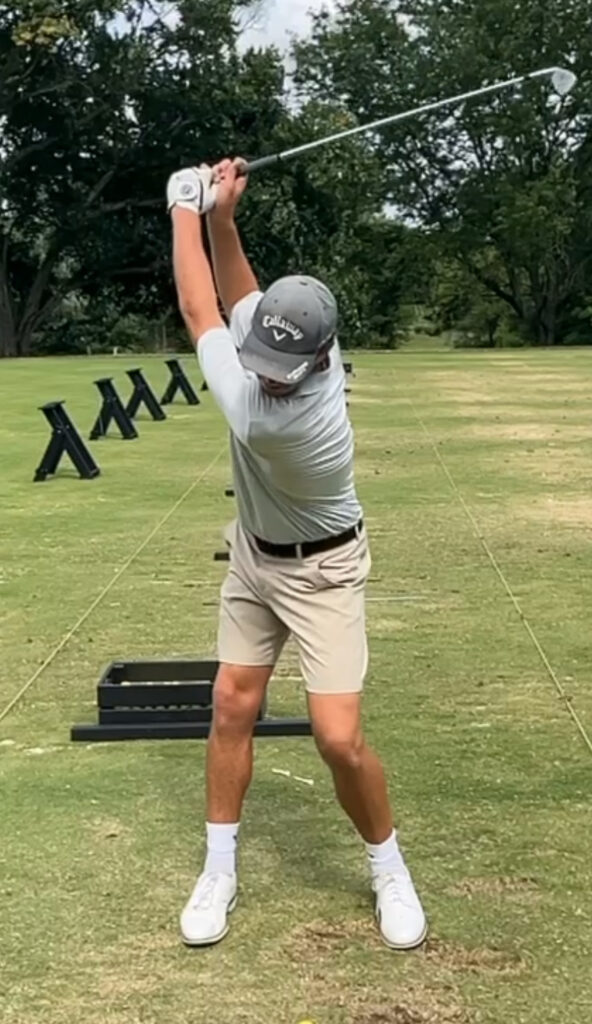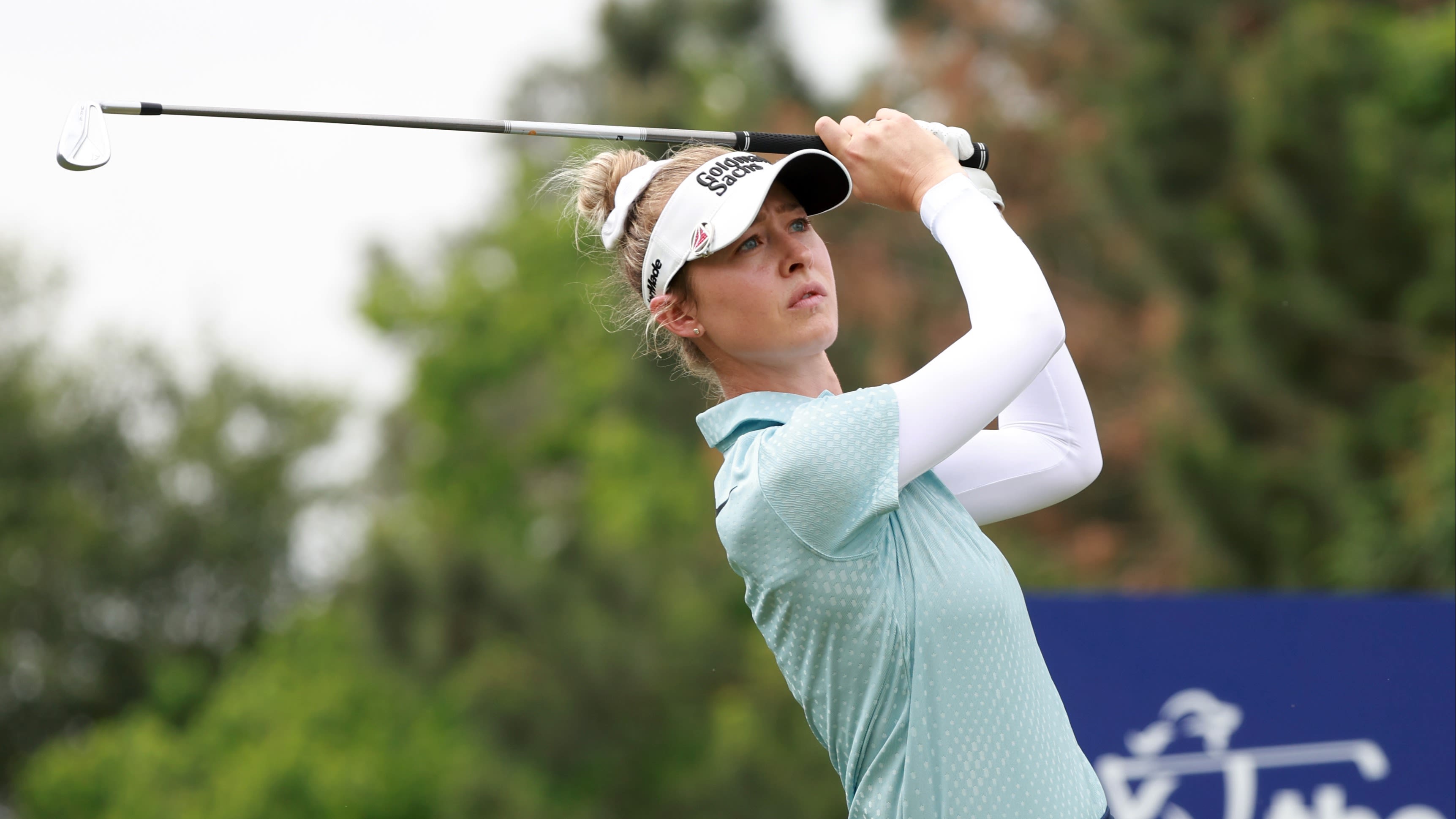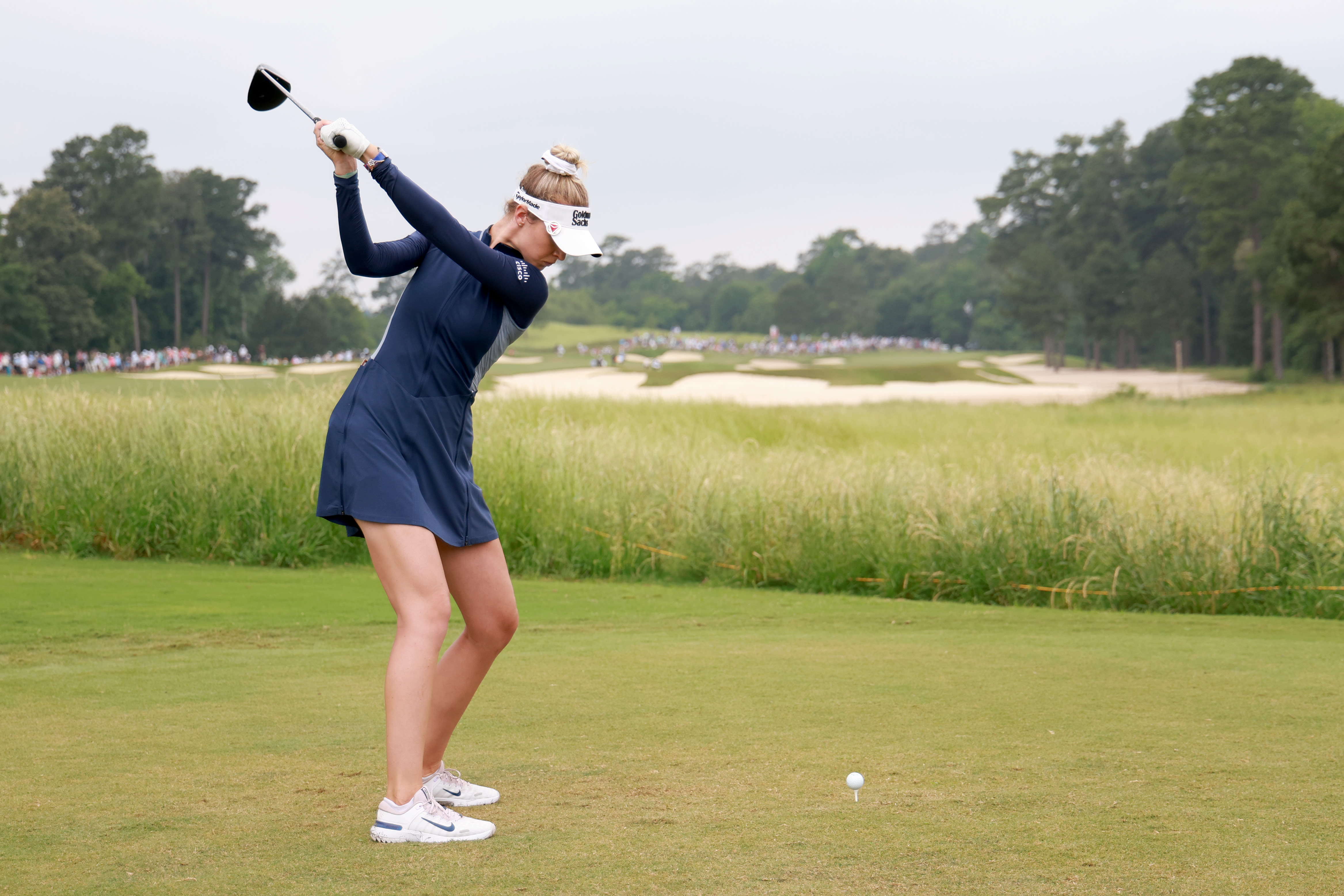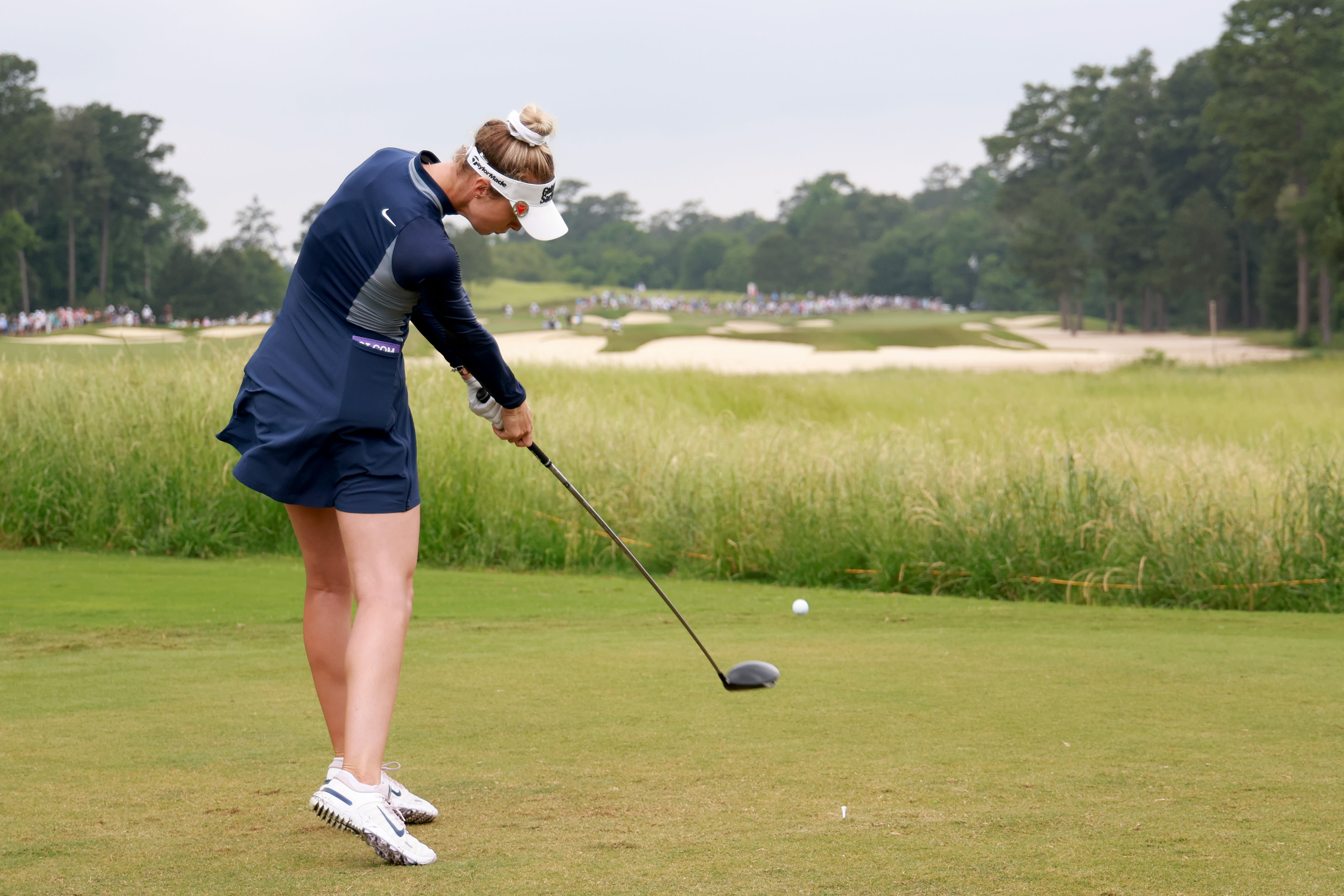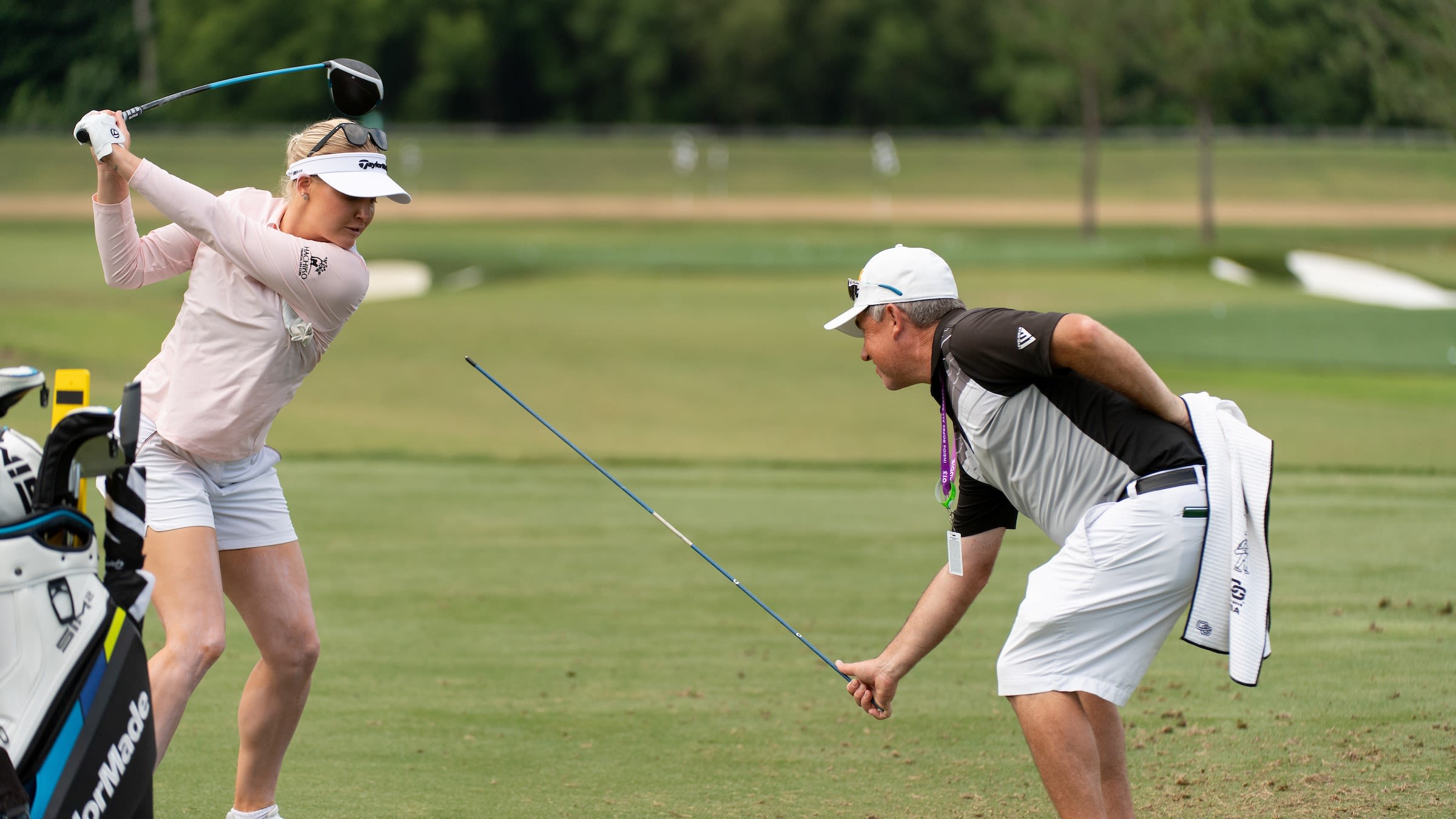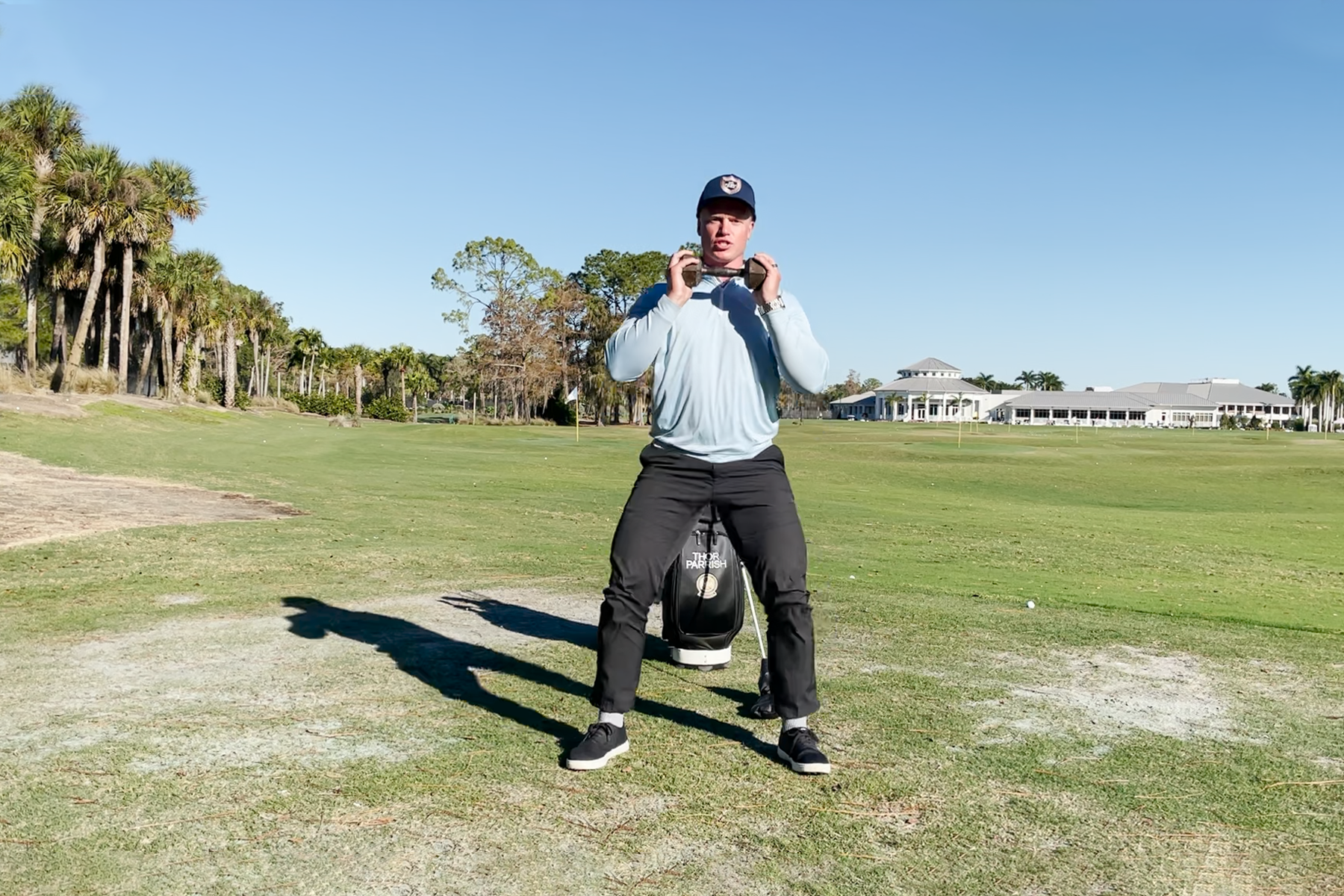Mastering Your Golf Swing’s First Move
By Kevin Cotter, PGA
The golf swing begins with a unified movement of the clubhead, hands, arms, and shoulders. This movement, known as the “one-piece takeaway,” ensures that all upper body parts move harmoniously. Following this initial action, the hips start to rotate, responding to the movement of the shoulders. As the hips turn, the lower body—knees and feet—follow as the weight shifts back, over, and around the rear leg.
During the latter stages of this one-piece takeaway, it’s crucial to eventually allow the right elbow to fold naturally against your right side as the club continues back and up. This technique keeps the arms connected to the body, maintaining a compact and controlled swing.
The one-piece takeaway sets the initial rhythm and pace of the swing and syncs the sequence of movements: clubhead, hands, shoulders, hips, and then the lower body. This order is vital for correctly coiling the upper body against the lower body, creating a spring-like mechanism that unleashes substantial power during the downswing.
Proper takeaway execution is also fundamental in harnessing power through angular momentum, often referred to as the “lever system.” Effective use of this system is key to generating tremendous force and enabling a ball-first, then turf contact—essential for tight lies. Furthermore, striking the ball with a descending blow is critical; it imparts the necessary spin for the ball to stick in the landing/target area.
Additionally, the natural flow of the one-piece takeaway greatly influences the club’s path. Ideally, the club should move straight back, then slightly inside, before turning upward. This motion ensures that the club follows a similar, semi-circular path on the downswing, facilitating a clean and consistent strike from the ball through to the follow-through.
Contrarily, forcing the club too quickly to the outside or inside during the initial backswing can disrupt this path, leading to potential mishits like pulls or slices. Thus, mastering the one-piece takeaway is crucial as it lays the foundation for a powerful, repeatable golf swing, enabling consistent, clean, straight shots.
This detailed guide to the one-piece takeaway improves your initial swing motion and lays the foundation for a powerful, precise, and consistent swing.
Master Your Swing Today!

